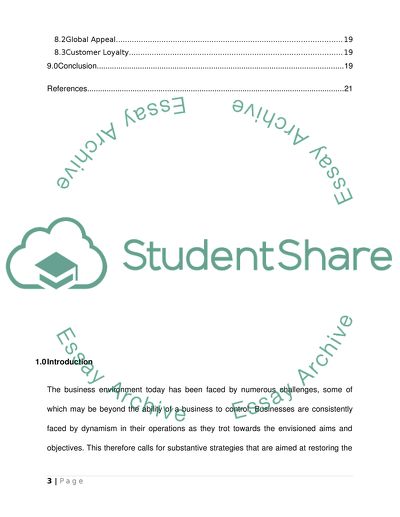Cite this document
(“Warehouse Group (Strategic Marketing Management ) Assignment”, n.d.)
Retrieved from https://studentshare.org/marketing/1404502-warehouse-group-strategic-marketing-management-
Retrieved from https://studentshare.org/marketing/1404502-warehouse-group-strategic-marketing-management-
(Warehouse Group (Strategic Marketing Management ) Assignment)
https://studentshare.org/marketing/1404502-warehouse-group-strategic-marketing-management-.
https://studentshare.org/marketing/1404502-warehouse-group-strategic-marketing-management-.
“Warehouse Group (Strategic Marketing Management ) Assignment”, n.d. https://studentshare.org/marketing/1404502-warehouse-group-strategic-marketing-management-.


